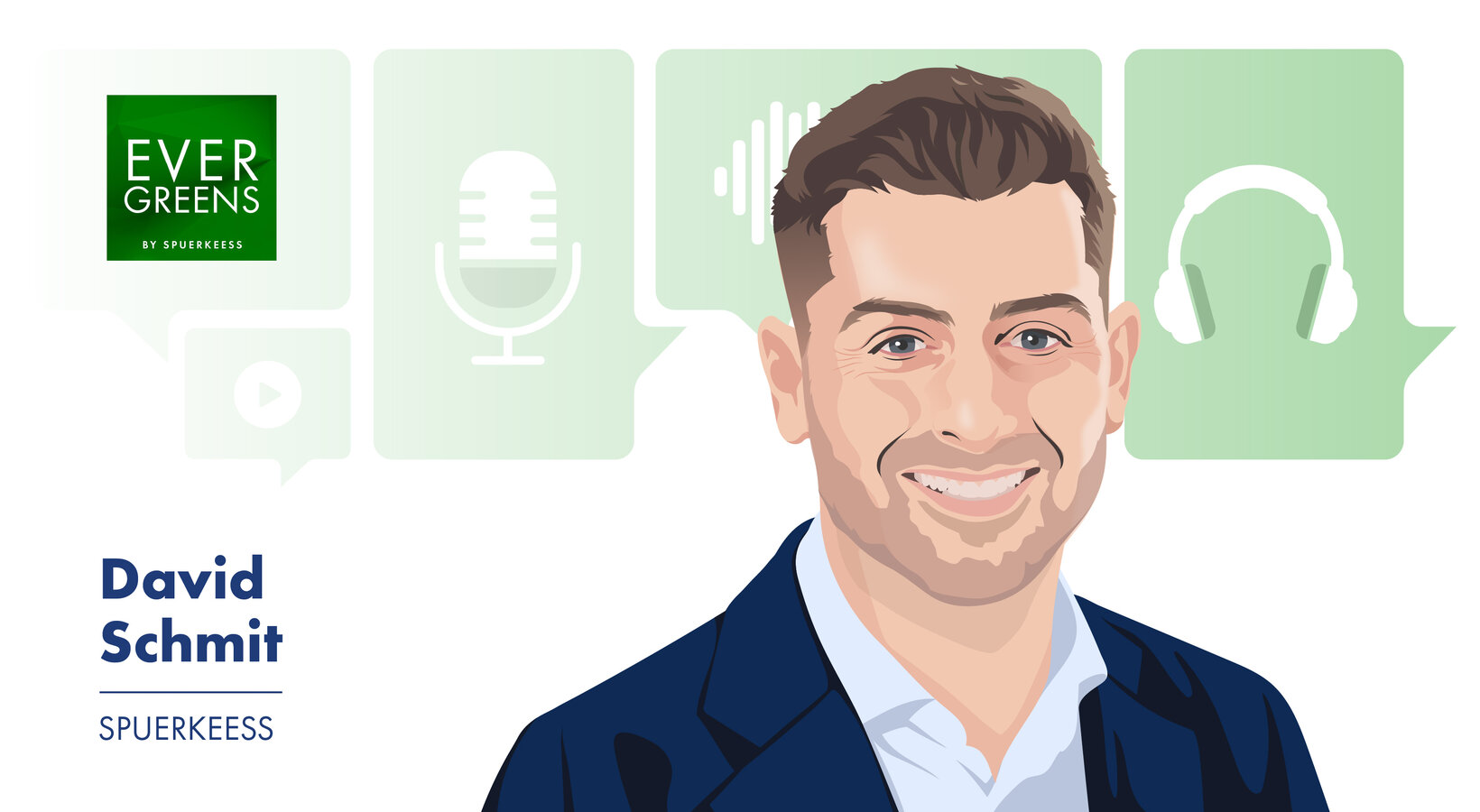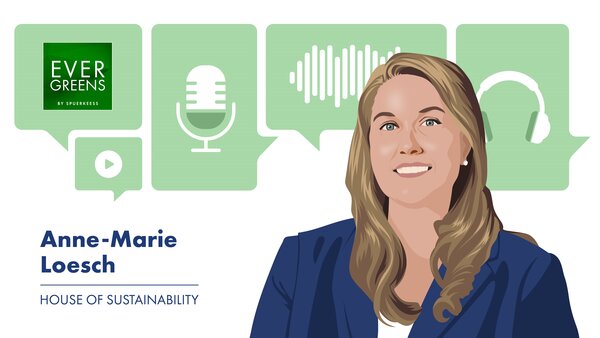Liberation Day marked a turning point. What were customers’ reactions?
On 2 April, Donald Trump surprised markets with the scale of the tariffs he imposed. Although he quickly backtracked, the move prompted customers to reconsider their portfolios. The notion of US exceptionalism is clearly being called into question. US positions were once very dominant, but today there is genuine demand for greater diversification and a more global allocation.
Customers have long benefited from US performance. Is this a turning point?
Yes. Over the past ten years, US markets have outperformed. Not being exposed to them was a disadvantage. But with trade tensions and the arrival of “DeepSeek,” valuations are being reassessed. Customers are now turning to Europe, Asia, and previously overlooked themes.
US monetary policy is under pressure. What role does the Fed play?
The Fed has a dual mandate: ensuring price stability and promoting full employment. Wages are rising and employment remains strong. This supports the case for maintaining a restrictive policy. Caution is warranted regarding the timeline for rate cuts.
And in Europe, the ECB has already cut rates. Is the cycle over?
Officially, yes. But Europe’s economic drivers – France and Germany – are slowing down. If growth doesn’t pick up, further cuts may be needed. I think one to three additional cuts are possible over the next twelve months.
Commodities are returning to investor portfolios. Why?
This is tied to diversification and the geopolitical backdrop. They play a hedging role, especially for customers exposed to rates. If inflation remains structurally high, especially in the United States, commodities – gold and precious metals in particular – make sense. They serve both as a safe haven and a yield-generating asset.
Has gold performed well this year?
Yes, about 22%. Silver followed suit, particularly after the Russian central bank’s announcement. Industrial demand has strengthened. This also reflects a loss of confidence in the dollar.
Are customers also interested in emerging markets?
Definitely. The aim is to reduce exposure to the dollar and focus on markets where growth is real. Asia, especially India, is drawing a lot of attention. There is still potential, even after five years of strong performance.
What about “green” assets?
They have suffered recently, not least because of the change in political tone. But over the long term, the theme remains relevant. It’s simply a matter of returning to a more rational approach, with more precisely targeted investments.
Market psychology plays an important role. What are you observing?
As soon as volatility rises, emotional biases take over. Some investors are panicking, others are riding the wave of euphoria. It’s important to keep a cool head, analyse and invest for the long term. Diversification by theme and sector helps to mitigate these risks.
To conclude, what is your outlook for the second half of the year?
It’s difficult to give a precise objective. I think we’ll return to fundamentals: corporate earnings, sentiment surveys, and economic data. This will give us better visibility over the next six to nine months — and on index performance.
![[Translate to English:] [Translate to English:]](/fileadmin/_processed_/4/4/csm_alexandra-kugener_7694260efa.jpg)


![[Translate to English:] [Translate to English:]](/fileadmin/_processed_/f/2/csm_michel-marx_54d2966b86.jpg)
![[Translate to English:] [Translate to English:]](/fileadmin/_processed_/f/7/csm_arnaud-duban_87d7d42d9b.jpg)

![[Translate to English:] [Translate to English:]](/fileadmin/_processed_/4/7/csm_438_EXP_Julien_Kohn_Spuerkeess_9001fc61ae.jpg)
![[Translate to English:] [Translate to English:]](/fileadmin/_processed_/c/3/csm_437_EXP_David_Schmit_Spuerkeess_6beedf10c9.jpg)
![[Translate to English:] [Translate to English:]](/fileadmin/_processed_/6/7/csm_433_EXP_Francesco_Ferrero_LIST_31171ca1b1.jpg)
![[Translate to English:] [Translate to English:]](/fileadmin/_processed_/d/1/csm_434_EXP_Nicolas_Griedlich_Deloitte_f84788af86.jpg)
![[Translate to English:] [Translate to English:]](/fileadmin/_processed_/0/d/csm_435_EXP_Rachid_M_haouach_Spuerkeess_6aout25_4132487c59.jpg)


![[Translate to English:] [Translate to English:]](/fileadmin/_processed_/9/7/csm_426_EXP_Romy_Reding_Spuerkeess_28mars25_f6a6df7a8f.jpg)